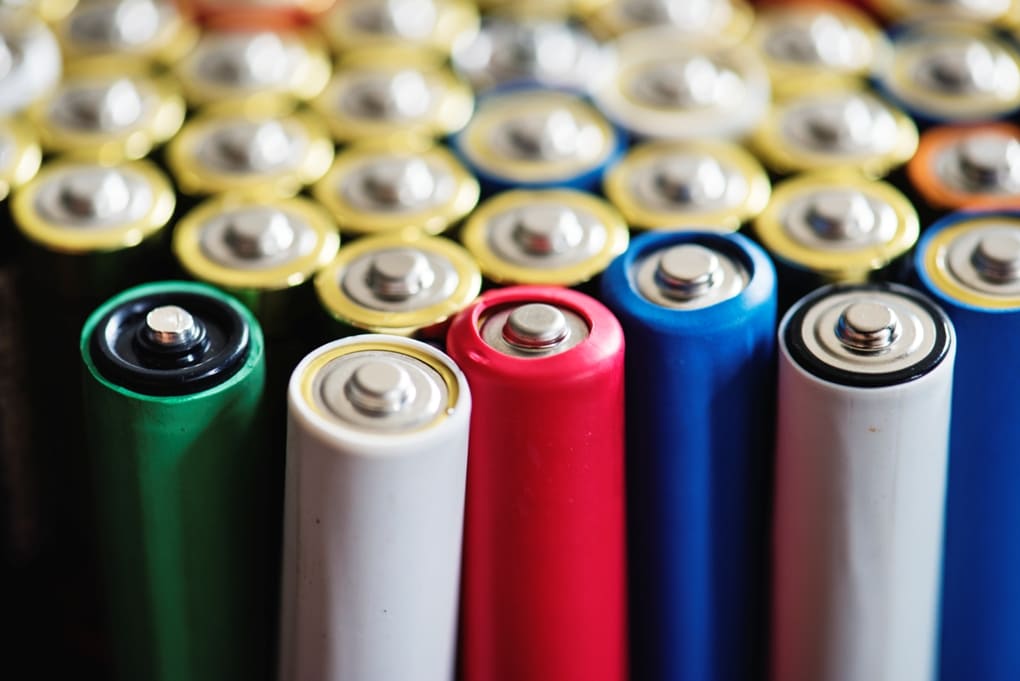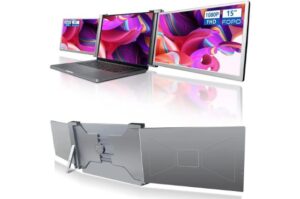
Sodium-ion batteries are gaining attention as a viable alternative to lithium-ion batteries. These batteries operate similarly to lithium-ion batteries, where sodium ions move between the anode and cathode to store and release energy. Unlike lithium, sodium is abundantly available and less expensive, making sodium-ion batteries a potentially cost-effective and sustainable energy storage solution.
What is Sodium Ion Batteries?
A sodium-ion battery (Na-ion battery) is a type of rechargeable battery that uses sodium ions (Na+) as the charge carriers. It operates similarly to the more common lithium-ion battery, but with some key differences in terms of materials, cost, and performance.
Basic Components and Functionality
Anode (Negative Electrode): The anode in a sodium-ion battery is typically made of hard carbon or other materials capable of accommodating sodium ions.
Cathode (Positive Electrode): The cathode is often composed of sodium-containing compounds, such as sodium transition metal oxides (e.g., NaCoO2, NaMnO2).
Electrolyte: The electrolyte, which allows sodium ions to move between the anode and cathode, is usually a sodium salt dissolved in a solvent or a solid electrolyte.
Separator: A porous material that prevents the electrodes from touching each other while allowing the passage of ions.
Advantages and Disadvantages
Advantages
Abundance and Low Cost: Sodium is the sixth most abundant element on Earth, which significantly reduces material costs.
Environmental Benefits: Sodium mining is less damaging to the environment compared to lithium extraction.
Safety: Sodium-ion batteries have a lower risk of thermal runaway, making them safer than lithium-ion batteries.
Disadvantages
Lower Energy Density: Sodium-ion batteries typically have a lower energy density compared to lithium-ion batteries, which can limit their use in high-energy applications like electric vehicles.
Durability: Sodium-ion batteries often have a shorter lifespan and can suffer from more rapid degradation.
Applications of Sodium-Ion Batteries
Sodium-ion batteries are being explored for various applications:
Grid Energy Storage: Ideal for renewable energy storage due to their cost-effectiveness and safety.
Consumer Electronics: Potential use in smartphones, laptops, and other portable devices.
Electric Vehicles (EVs): Although current technology limits their use, advancements could make them viable for EVs in the future.
Technological Developments
Recent advancements in sodium-ion battery technology focus on improving energy density, cycle life, and overall efficiency. Key developments include:
Innovative Anode Materials: Research into carbon-based and hard carbon anodes to enhance performance.
Advanced Electrolytes: Development of solid and liquid electrolytes that improve stability and conductivity.
Novel Cathode Materials: Exploration of layered oxide and polyanionic compounds for better energy storage.
Cost and Availability
Sodium-ion batteries are expected to be more economical due to the lower cost of raw materials. The abundant supply of sodium means fewer geopolitical risks and supply chain issues compared to lithium. However, manufacturing processes still need optimization to fully realize these cost benefits.
Environmental Impact
Sodium-ion batteries offer several environmental advantages:
Reduced Mining Impact: Sodium mining is less invasive and environmentally damaging than lithium mining.
Recyclability: Sodium-ion batteries can be recycled more easily and safely, reducing waste and environmental impact.
Sustainability: The abundant supply of sodium ensures a sustainable supply chain for large-scale production.
Key Players in the Market
Several companies and research institutions are leading the development of sodium-ion batteries:
Faradion: A UK-based company pioneering sodium-ion technology with a focus on commercial applications.
Natron Energy: Specializes in sodium-ion batteries for industrial and grid storage applications.
Tiamat: A French startup developing high-performance sodium-ion batteries for various applications.
Challenges and Future Prospects
While sodium-ion batteries show great promise, they face several challenges:
Energy Density: Ongoing research aims to improve the energy density to make them competitive with lithium-ion batteries.
Cycle Life: Enhancing the lifespan of sodium-ion batteries is crucial for their adoption in demanding applications.
Commercialization: Scaling up production and reducing manufacturing costs remain significant hurdles.
Despite these challenges, the future of sodium-ion batteries looks bright. With continuous research and technological advancements, they could play a crucial role in the energy storage market, especially for grid storage and other stationary applications.
Case Studies and Real-World Examples
Grid Storage in the UK: Faradion has deployed sodium-ion batteries for grid storage projects, demonstrating their viability and cost-effectiveness.
Renewable Energy Integration: Several pilot projects worldwide use sodium-ion batteries to store and manage renewable energy, showcasing their potential in stabilizing the grid.
Also read: Importance of Battery Management System in Electric Vehicles
FAQs
Yes, sodium-ion batteries generally have a lower risk of thermal runaway, making them safer.
While they may not completely replace lithium-ion batteries, sodium-ion batteries will likely complement them in various applications, particularly where cost and safety are paramount.
Currently, yes. Sodium-ion batteries have a lower energy density compared to lithium-ion batteries, but ongoing research aims to bridge this gap.
Sodium-ion batteries (Na-ion batteries) are considered to be more environmentally friendly compared to lithium-ion batteries for several reasons: Abundance and Accessibility of Sodium, Reduced Mining Impact, Lower Risk of Toxic Leaks, Safety.
Yes, sodium-ion batteries are recyclable, and their recycling process can be more straightforward and less harmful to the environment compared to lithium-ion batteries.
Myths
Myth: Sodium-ion batteries are too new to be viable.
Reality: Sodium-ion battery technology has made significant strides and is already being used in real-world applications, particularly in grid storage.
Conclusion
Sodium-ion batteries represent a promising advancement in energy storage technology. Their lower cost, environmental benefits, and safety advantages make them an attractive alternative to lithium-ion batteries, especially for large-scale and stationary applications. As research and development continue, we can expect to see even more significant improvements and broader adoption of sodium-ion batteries in the near future.
Read Next Blog:
Why Battery Recycling is Key to India’s Green Goals







